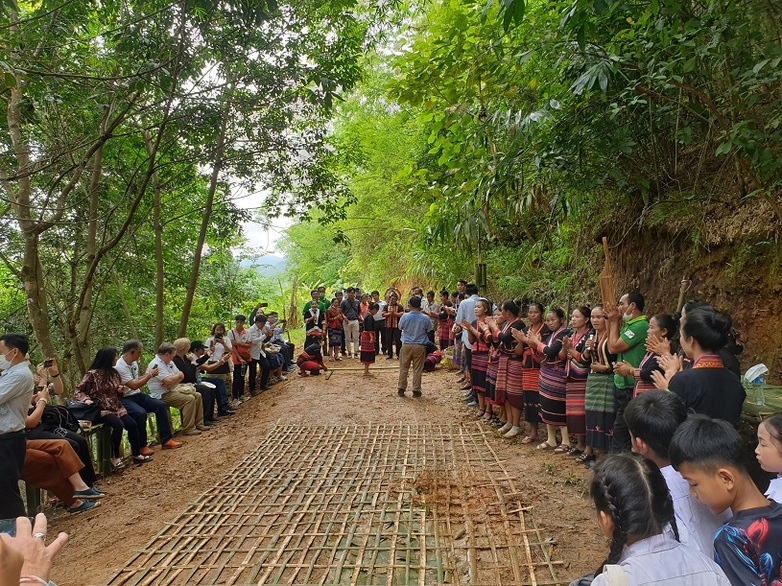Creating incentives to reduce emissions from deforestation and forest degradation
Climate Protection through Avoided Deforestation and Implementation of the Governance, Forest Landscapes and Livelihoods Project (CliPAD/I-GFLL)
-
Commissioning Party
German Federal Ministry for Economic Cooperation and Development (BMZ)
-
Cofinancier
Green Climate Fund (GCF)
-
Country
-
Lead executing agency
More
-
Overall term
2019 to 2027
-
Other Stakeholders
Japan International Cooperation Agency (JICA), Asian Development Bank (ADB), International Fund for Agricultural Development (IFAD), KfW Development Bank, World Bank
-
Products and expertise
Climate, environment, management of natural resources
Context
Lao PDR still has one of the highest rates of forest cover in Southeast Asia. Forestry is a significant economic sector and provides income and livelihoods for many people. However, since the 1960s, forests have diminished dramatically, mainly through the expansion of agriculture, infrastructure development and timber exploitation. Unsustainable land use practices and lack of forest protection measures diminish essential ecosystem services and exacerbate climate-related risks.
To address this problem, the Government of Laos has developed the Lao PDR Emissions Reduction (ER) Program, introduced ambitious Nationally Determined Contribution (NDC) targets and committed to new forest laws, a timber export ban and the Reducing Emissions from Deforestation and Forest Degradation (REDD+) framework by the United Nations.

Objective
Lao PDR is reducing emissions from deforestation and forest degradation.
Approach
The project runs from 2019 until 2027 and addresses the following outputs:
- Improving the environment for REDD+ implementation by financing and improving legal and regulatory frameworks, thereby reducing national and local barriers.
- Promoting climate-resilient agricultural practices by establishing deforestation-free production systems and supply chains.
- Fostering sustainable forest landscape management and conservation. To this end, the project introduces participatory land use planning (PLUP) and village forest management plans (VFMP) and implements a measurement, reporting, and verification (MRV) system.
Overall, the project is expected to reduce approximately 11.7 million tonnes of CO2 equivalent over the 7-year implementation. These emissions reductions can lead to results-based payments of up to $42 million under the Emission Reductions Payment Agreement (ERPA).
Last update: October 2023







